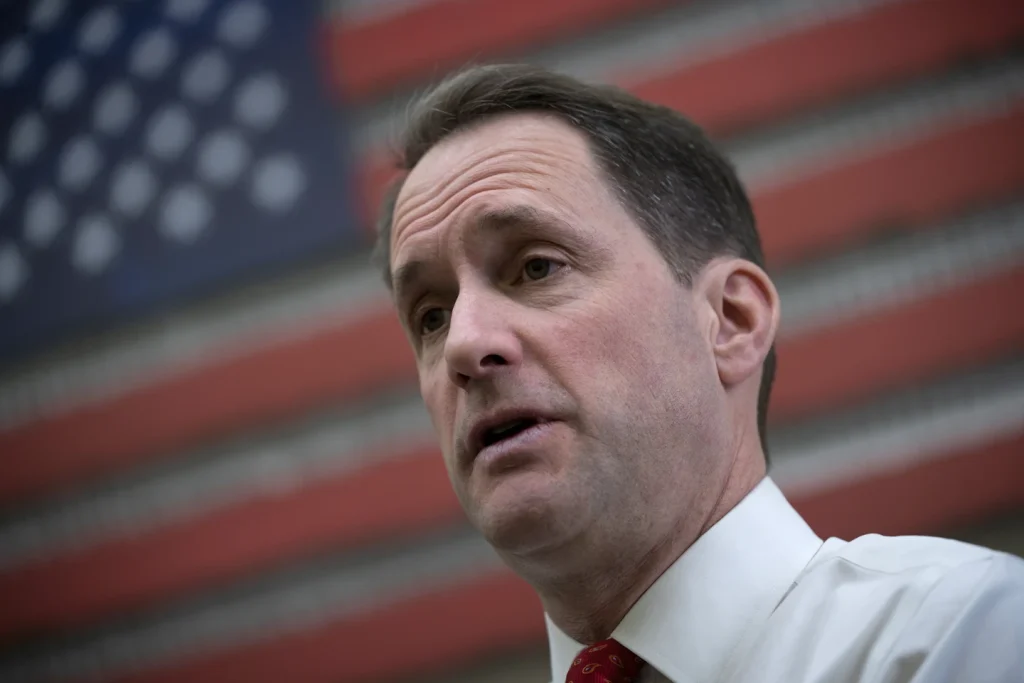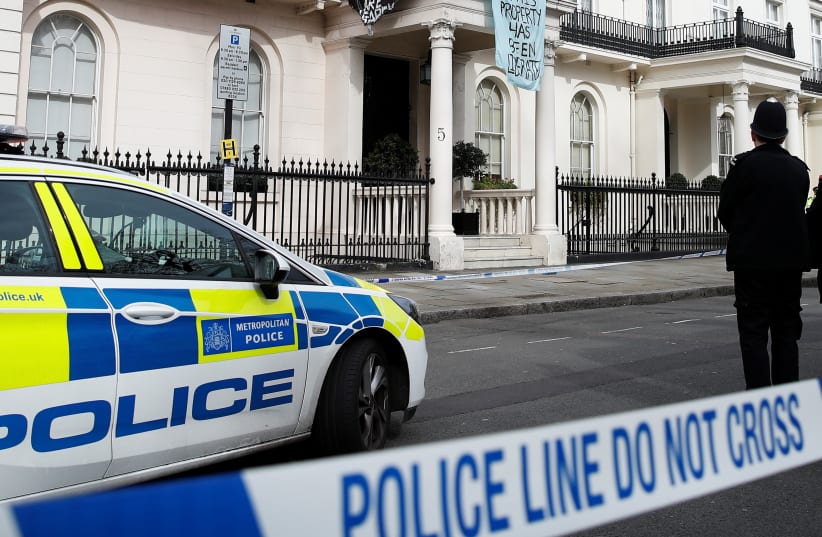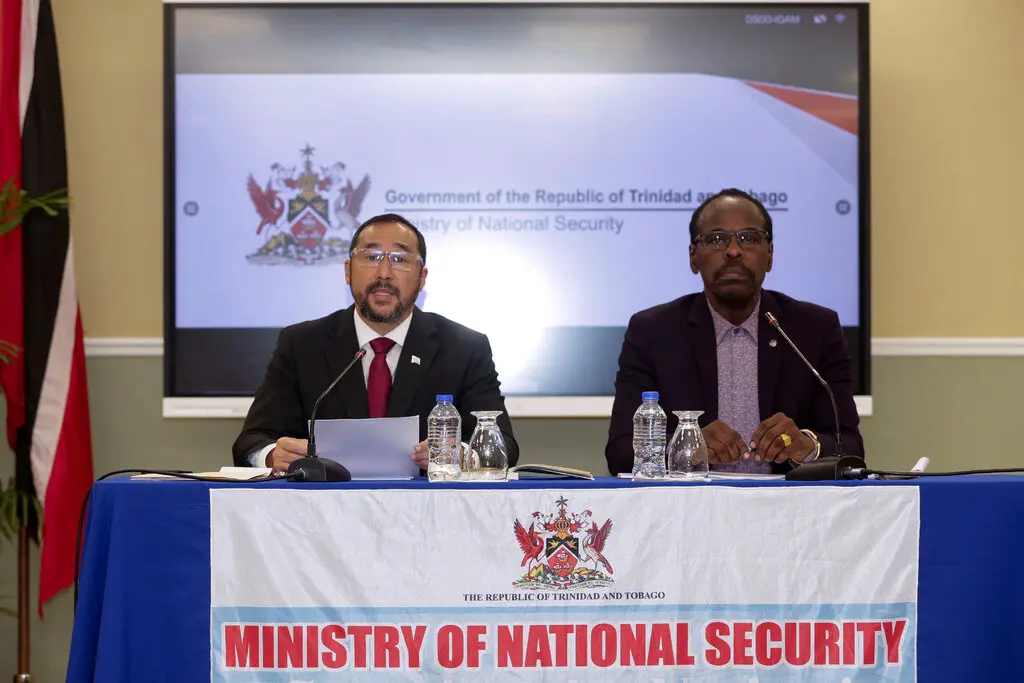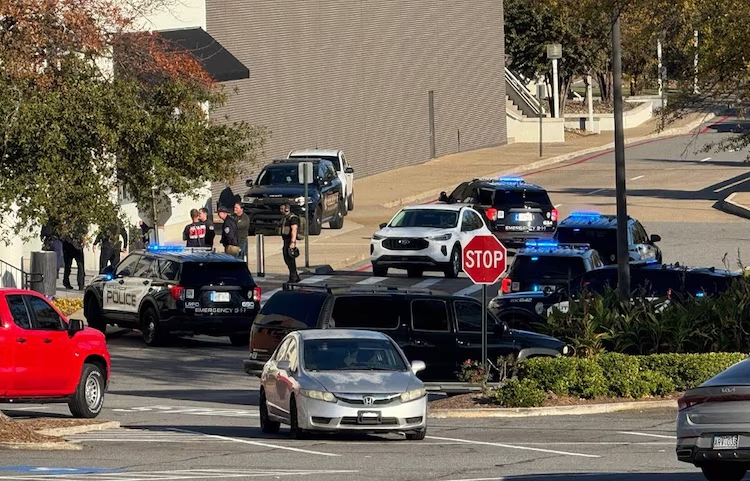What is Swatting? The Tactic Being Used to Target Trump Cabinet Picks
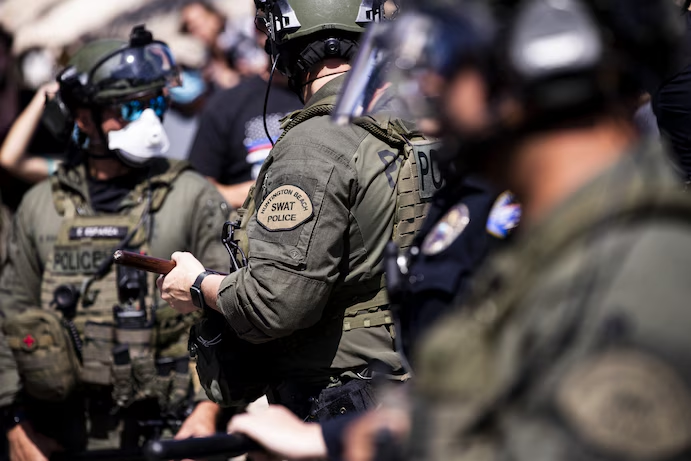
Swatting is a dangerous and malicious tactic that has recently gained attention for being used to target individuals, including members of former President Donald Trump’s cabinet. The term “swatting” refers to the act of making a false report to emergency services—typically involving a threat of violence such as an active shooter or bomb threat—with the intent of sending a large, armed police response to a specific location, often resulting in chaos, danger, and significant public disruption. This practice has become a method for individuals or groups to harass and intimidate prominent figures, including politicians, celebrities, and public officials.
What Is Swatting?
Swatting is a form of hoax that involves alerting authorities, typically law enforcement, about a fabricated crisis at a specific location. The goal is to provoke a highly visible and often violent response from the police, such as the dispatch of a SWAT (Special Weapons and Tactics) team, which is a high-intensity police unit trained for extreme situations. This tactic exploits emergency response systems and can put innocent lives at risk.
For example, an individual might falsely report that someone has been taken hostage or that there is an active shooter at a particular address. The report is often detailed and convincing enough to prompt law enforcement to react quickly and decisively. In most cases, swatting leads to an overwhelming police presence at the target location, including heavily armed officers, armored vehicles, and other SWAT team resources. While these responses are meant to address real threats, swatting cases often turn out to be completely unfounded.
Swatting and Public Figures
Swatting, as a tactic, has been increasingly used against public figures and political leaders, including those in Donald Trump’s cabinet. These individuals, due to their prominence, often become targets of harassment or attempts to intimidate. The motivation behind swatting public figures can range from political activism to personal vendettas, but the underlying intention is to cause harm, disrupt their lives, and create fear.
In the case of Trump’s cabinet picks, it is believed that swatting incidents may be a form of protest or retaliation. With several members of the cabinet holding controversial views or policies, they have faced public criticism from various groups. Swatting them is a way for these groups to make their voices heard, though dangerously and illegally.
For instance, high-profile individuals like political appointees or those with significant media presence are particularly vulnerable to such tactics because their homes and workplaces are often under scrutiny. This increased attention makes them easier targets for hoaxes. Moreover, swatting is difficult to prevent because the perpetrators typically disguise their identities and use untraceable methods to report false emergencies.
The Dangers of Swatting
Swatting is not a trivial crime—it can have serious consequences. Law enforcement agencies respond to swatting calls as though they are legitimate threats, meaning that SWAT teams and other emergency responders often arrive at the scene fully prepared for violence. This can lead to chaotic, dangerous situations where people, including innocent bystanders, could be hurt or killed.
For example, there have been instances in which swatting calls have resulted in fatalities. In one notorious case, a swatting incident led to the death of an innocent man after police, believing they were responding to a hostage situation, shot him when he answered the door. Such incidents highlight the severe consequences that swatting can have on both the intended target and others who may be caught up in the situation.
In addition to physical harm, swatting causes emotional trauma and disrupts the lives of the individuals targeted. For public figures like Trump’s cabinet members, it adds to the stress and security risks that they already face due to their political positions. It also places significant strain on law enforcement resources, diverting them from actual emergencies.
The Legal and Ethical Implications
Swatting is illegal in many jurisdictions and is considered a felony in some areas, with penalties including lengthy prison sentences. Perpetrators of swatting can face charges ranging from making false reports to conspiracy, and depending on the outcome of the swatting (e.g., injury or death), they could face even more severe charges.
Beyond the legal implications, swatting raises serious ethical concerns. It’s a tactic that undermines public trust in law enforcement by misusing emergency systems, thereby potentially diminishing the ability of authorities to respond effectively to real threats. Additionally, swatting creates an environment of fear and insecurity for the people it targets, as well as for the community at large.
The Role of Technology in Swatting
One of the main challenges in combating swatting is the ease with which perpetrators can disguise their identities. The advent of technology, including the internet and VoIP (Voice over Internet Protocol) services, allows individuals to make anonymous calls or send misleading information without easily being traced. Swatting cases often involve using spoofed numbers or calling from different locations to further obscure the identity of the person responsible.
This technological anonymity makes it difficult for authorities to prevent or catch swatters, and often leads to a situation where innocent people are subjected to law enforcement’s full force. As a result, lawmakers and tech companies have begun to explore ways to strengthen security measures around emergency reporting systems and identify individuals who attempt to use these systems maliciously.
Preventing Swatting
To reduce the prevalence of swatting, experts suggest several preventative measures. First, emergency services can implement more advanced verification methods to ensure that reports are legitimate before responding with overwhelming force. Additionally, there is a call for stricter laws and more severe penalties for those who engage in swatting.
Public awareness campaigns are also important in educating people about the dangers of swatting, not only to discourage the act but to inform citizens about the risks of becoming a target. Security measures, such as enhanced protocols for high-profile individuals, are also critical in minimizing the chances of swatting incidents.
Swatting is a dangerous and malicious tactic that exploits emergency response systems and puts lives at risk. While it has been used to target Trump’s cabinet picks, the broader implications of this crime affect all levels of society, from public figures to everyday citizens. Law enforcement, technology companies, and lawmakers must work together to combat this growing threat and protect individuals from the devastating effects of swatting. Through increased vigilance, legal reform, and community engagement, society can reduce the occurrence of swatting and prevent further harm caused by this reckless behavior.


